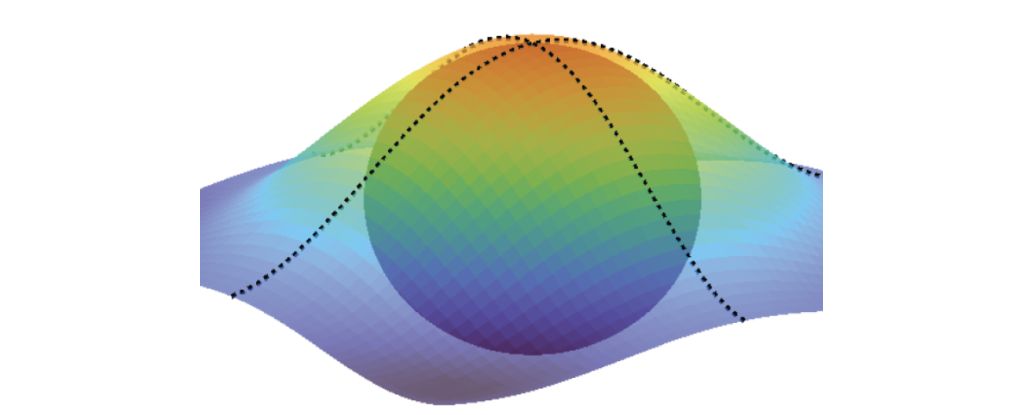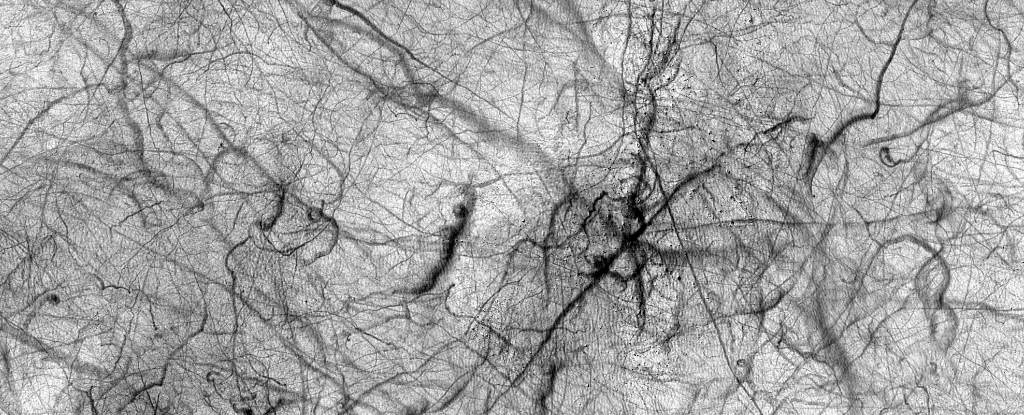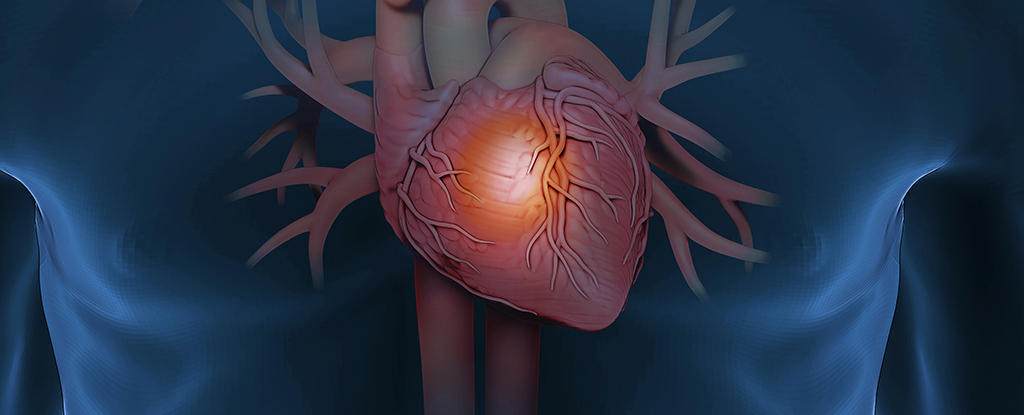The question of whether atoms ever touch remains complex, with reports highlighting that the lack of defined boundaries around atoms makes the concept unclear. Everything, from the strongest metals to delicate clouds, is composed of atoms. However, the atomic level introduces a much different understanding of contact compared to human perception, where “touching” involves the physical interaction of surfaces.
As stated by Christopher Baird, Associate Professor of Physics at West Texas A&M University, in his communication to Live Science, touching at the atomic level is not the same as in everyday experience. Atoms lack distinct outer surfaces, unlike the objects they form. Descriptions of “touching” must account for the overlapping of electron orbitals, which signals the beginning of physical or chemical effects.
The Structure of Atoms and Their Boundaries
Atoms are composed of a nucleus, containing protons and neutrons, surrounded by an electron cloud. Sources indicate that this cloud complicates any attempt to establish a clear boundary for an atom. Reports describe the touching of atoms as an interaction where electron orbitals overlap sufficiently to create bonds or trigger other effects.
Chemical bonds typically represent atomic contact in solids and liquids, as outlined in various scientific studies. Gases, in contrast, experience atomic interactions through collisions where particles bounce off one another.
Interactions in High-Energy Conditions
It has been reported that extreme energy levels, such as those seen in particle accelerators like CERN’s Large Hadron Collider, allow for unique types of atomic interactions. Zhiquan Sun, a doctoral candidate at MIT’s Centre for Theoretical Physics, explained that collisions in such conditions involve overlapping electron clouds.
This can lead to elastic interactions, where atoms maintain their identity, or inelastic collisions, where atoms break into smaller particles and form entirely new nuclei. While atoms may not “touch” in the human sense, their interactions create the bonds and forces that hold matter together, shaping the world we see and experience daily.





